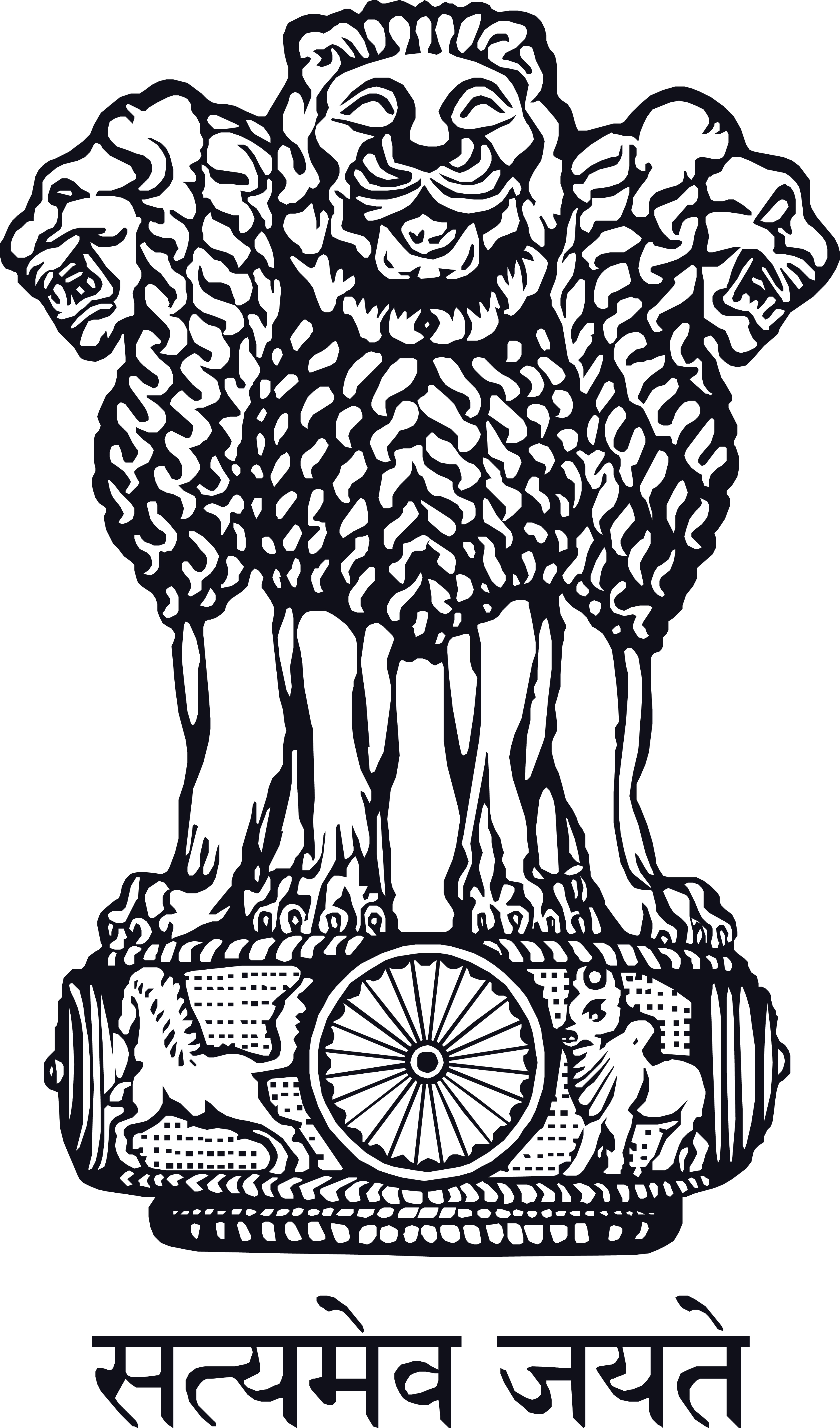Frequently Asked Questions
- What is Siddha?
- What are the basic principles of Siddha?
- What are the branches in Siddha?
- What is the prime objective of Siddha?
- What is the definition of health in Siddha?
- How Siddha approach and diagnose the diseases?
- What is Mukkutram?
- How Mukkutram functions in body?
- What is the role of Vaatha Kutram in body?
- What is the role of Pitha Kutram in body?
- What is the role of Kaba Kutram in body?
- What are the factors affecting the health in Siddha?
- What are the specializations in Siddha treatment?
- How to normalize the Mukkutram?
- What are the five important forms of Vaatham among ten?
- What are the five forms of Pitham?
- What are the five types of Kabam?
- What are the classifications of medicine?
1.What is Siddha?
2.What is the basic principle of Siddha?
Body is composed of five elements, the substance and function is maintained by food which also contain the panchabhudas as their compounds of the basic principle of Siddha is “Unave marunthu, Maruthae unavu” . That is food is medicine, medicine is food, which means by taking the proper diet one can protect once body from all ailment, and also at the time of any diseases by regulating the dietary habits one can get rid of the diseases.
3. What are the branches of Siddha?
4. What is the primitive objective of Siddha?
5. What is the definition of health in Siddha?
6. How Siddha approaches to diagnose the disease?
7. What is Mukkutram?
8. How Mukkutram functions in the body?
One can easily understand that the Mukkutram function by the following stanza
“Vaathamai padaithu,
Pithamvanniyaai kaathu,
Silethuma seethamaai thudaithu” (Theran)
By this one can understand vaatham helps in Inception, Pitham helps in preservation and Kabam helps in demolition.
9. What is the role of Vaatha Kutram in the body?
10. What is the role of Pitha kutram in the body?
11. What is the role of Kabam in the body?
12. What are all the factors mainly affecting the health in Siddha?
13. What is the specialization in Siddha treatment?
14. How to normalize the Mukkutram?
“Viresanathaal vaathan thaalum,
Vamanathaal Pithamn thaalum,
Nasiya anjanathaal Kabam thaalum thaane”
It means Vaatham is balanced by purgation, Pitham is balanced by emesis and Kabam is balanced by Nasal Insufflations with liquids and by applying medicine in the eye.
15. What are the five important forms of Vaatham among ten?
These are corresponding to the nerve plexuses of the body. They are
ABANAN: This corresponds to the pelvic plexus.
Function : It's main function is to control the excretory function.
SAMANAN: This corresponds to solar plexus in the navel region.
Function : It's main function is to control the digestive system.
PRANAN: This corresponds to cardiac plexus in the heart region.
Function : This is responsible for the circulation, breathing and biocombustion of nutrients
UDHANAN: This corresponds to the plexus in the throat region, that is pharyngeal plexus.
Function : It is responsible for the speech, swallowing, breathing, conduction of food, etc
VIYANAN: This corresponds to the naso ciliary plexus at the root of the nose and the base of skull which spreads allover to the body.
Function : It is responsible for the movement of the body and the nutrition of the thathus
16.What are the five forms of Pitham?
They are
ANALA PITHAM: It denotes inherent heat in the stomach
FUNCTION : This gives appetite and it is responsible for digestion
PRASAGA PITHAM: It denotes the colour pigments of the skin
FUNCTION : This is responsible for the complexion of the skin.
RANJAHA PITHAM: It denotes the haemoglobin
FUNCTION : This is responsible for the colour of blood.
AALOSAHA PITHAM: It denotes the aqueous humour
FUNCTION : This is responsible for the maintenance of vision.
SAATHAAGA PITHAM: It denotes the life energy.
FUNCTION : This activates the whole body.
17. What are the five types of Kabam?
The five types of Kabam are as follows
KILATHAGAM: It denotes the saliva
FUNCTION : It is secreted by the three pairs of salivary glands, which is useful in mastication.
THARPAGAM: This is cerebrospinal fluid.
FUNCTION : This is responsible for the protection of cerebrum.
POTHAGAM: It denotes the lymph
FUNCTION : This is responsible for the immunity, absorption of excess fluid and return to the blood stream.
SANTHIGAM: It denotes the synovial fliud.
FUNCTION : This is responsible for the lubrication and free movement of joints.
18. What are the classifications of medicine
The classification of medicine in Siddha medicine is divided into 64 types. It is further classified into two types, that is 32 types of internal medicine and 32 types of external medicine based on the administration of medicine.
32 types of Internal Medicine in Siddha.
| • Surasa • Saaru • Kudineer • Karkam • Utkazhi • Adai • Chooranam • Pittu | • Vadagam • Vennei • Manappaagu • Nei • Rasaayanam • Ilagam / Legiyam • Ennai • Mathirai | • Kadugu • Pakkuvam • Thenooral • Theeneer • Mezhugu • Kuzhambu • Padhangam • Chendhooram | • Parpam • Kattu • Urukku • Kalangu • Chunnam • Karpam • Sathu • Gurukuligai. |


